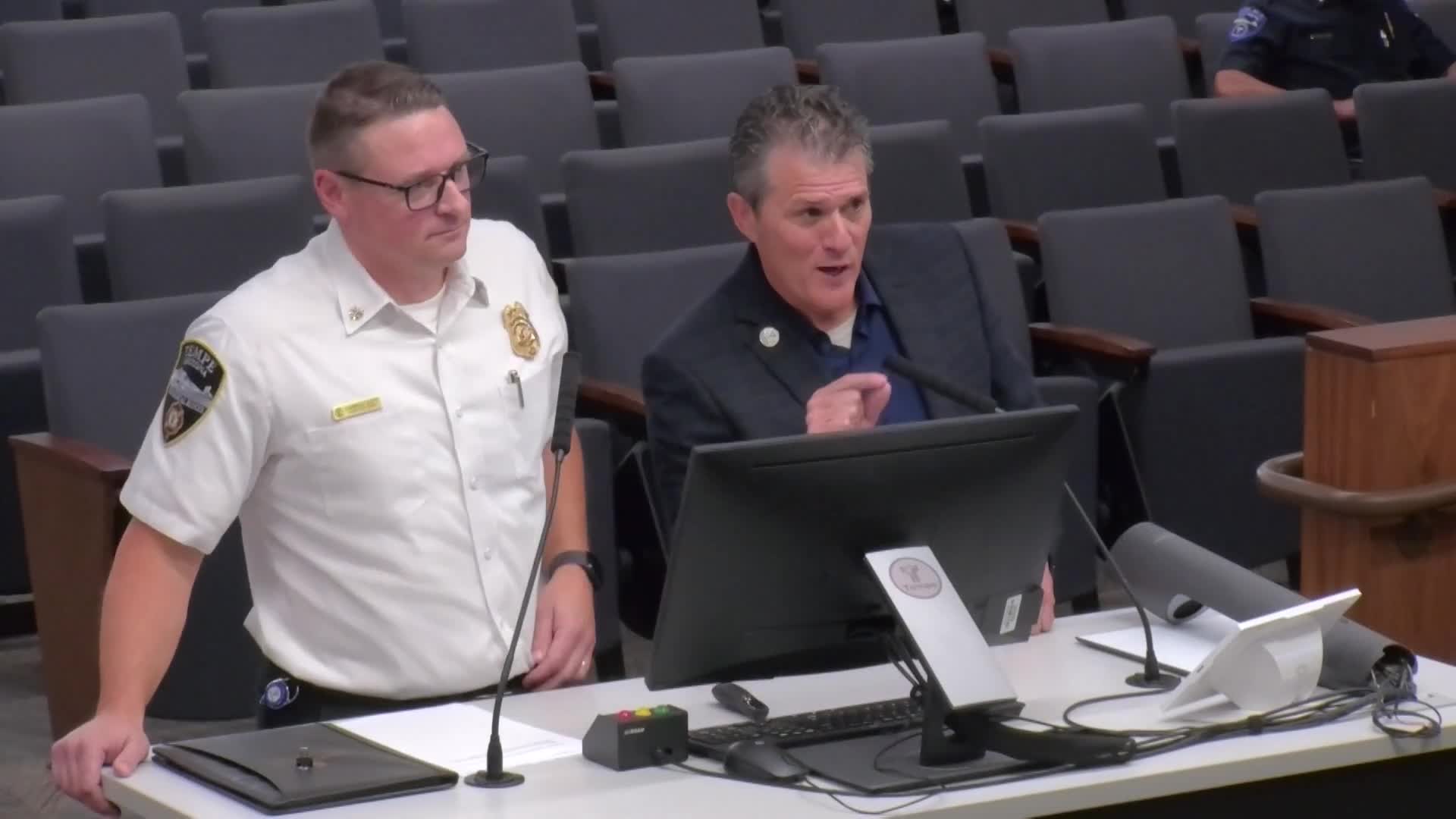Fire department explains decision to send fire truck over ambulance in emergencies
May 08, 2025 | Tempe, Maricopa County, Arizona
Thanks to Scribe from Workplace AI , all articles about Arizona are free for you to enjoy throughout 2025!

This article was created by AI using a video recording of the meeting. It summarizes the key points discussed, but for full details and context, please refer to the video of the full meeting. Link to Full Meeting
The council addressed common public inquiries about why fire trucks are often dispatched instead of ambulances in certain situations. It was explained that fire crews, which consist of four members including two paramedics, are trained to assess emergency situations and make critical decisions on-site. This flexibility allows them to respond to various emergencies, such as shootings, stabbings, and serious car accidents, even when the dispatch protocol does not explicitly call for an ambulance.
The rationale behind this approach is to optimize the use of limited resources. Tempe has only six ambulances available to serve the entire city, and by allowing fire crews to handle specific cases, ambulances can remain in service for other emergencies. This strategy aims to enhance overall response times and ensure that the most appropriate resources are available when needed.
The discussion highlighted the importance of clear communication with the public regarding emergency response strategies. As the city continues to face growing demands for emergency services, understanding the rationale behind these decisions is vital for community trust and cooperation.
In conclusion, the Tempe City Council's focus on emergency response protocols reflects a proactive approach to public safety. By clarifying the roles of fire crews and ambulances, the council aims to improve service delivery and address community concerns effectively. Future discussions may further explore how to enhance these protocols and ensure that all residents receive timely and appropriate emergency care.
Converted from Tempe City Council - Work Study Session - May 8, 2025 meeting on May 08, 2025
Link to Full Meeting
Comments
View full meeting
This article is based on a recent meeting—watch the full video and explore the complete transcript for deeper insights into the discussion.
View full meeting


